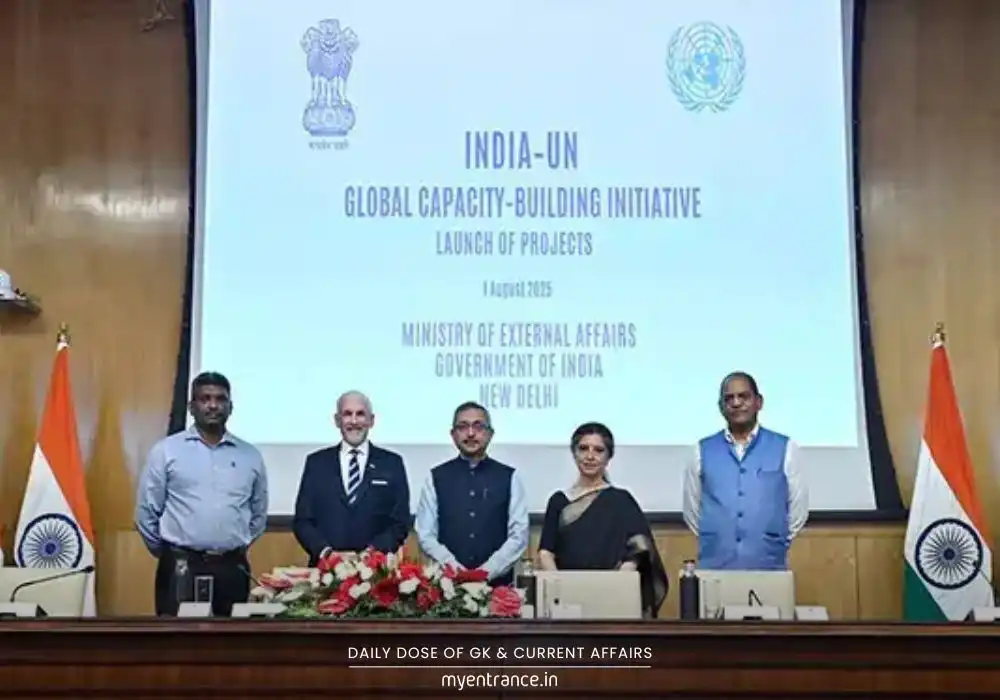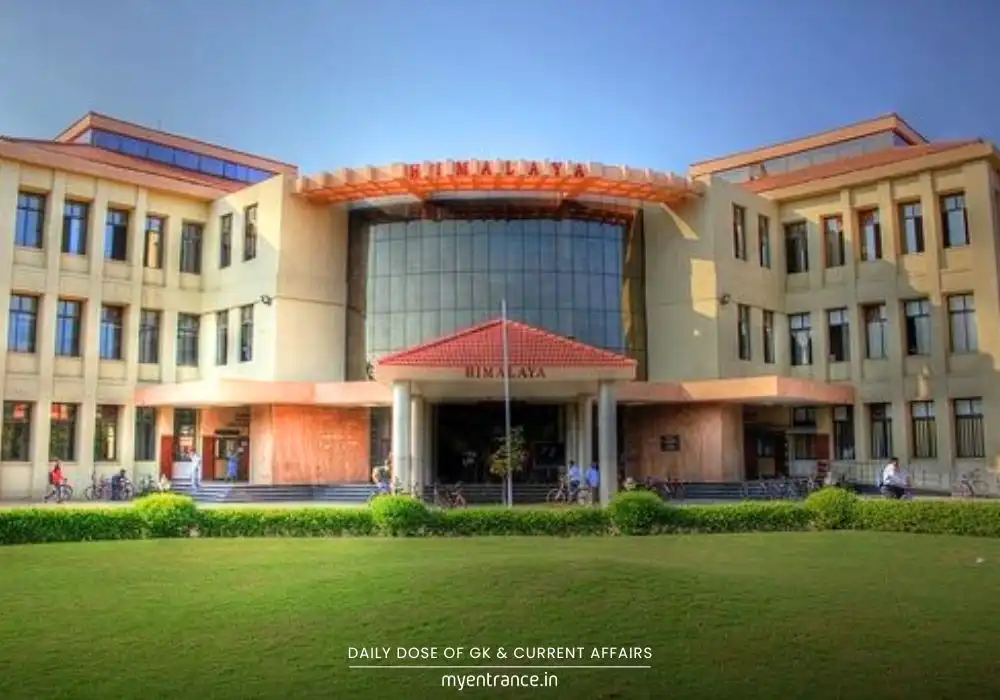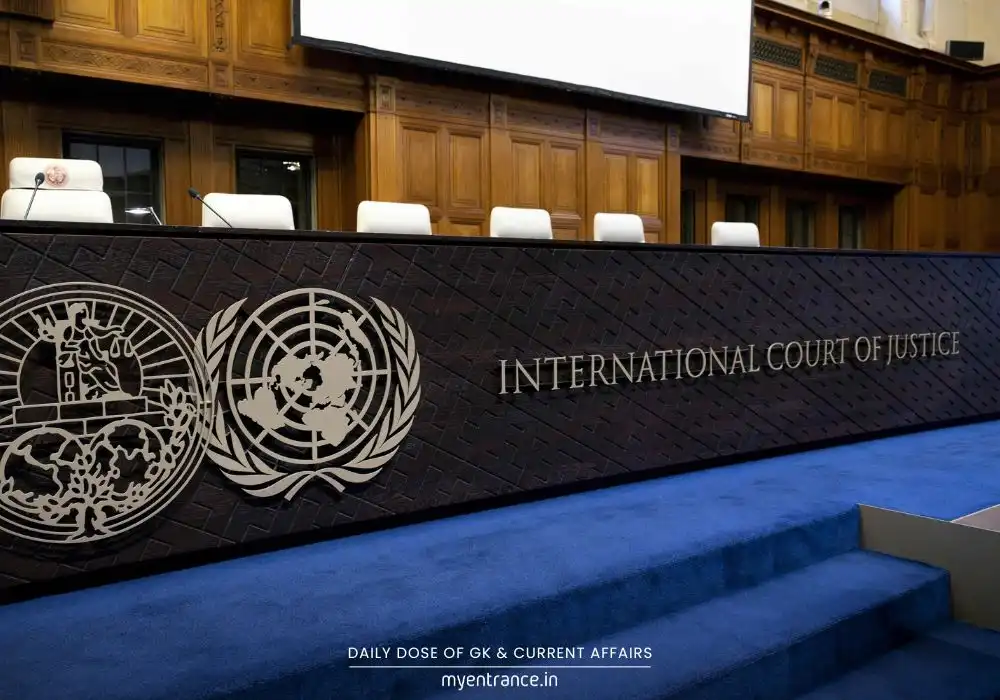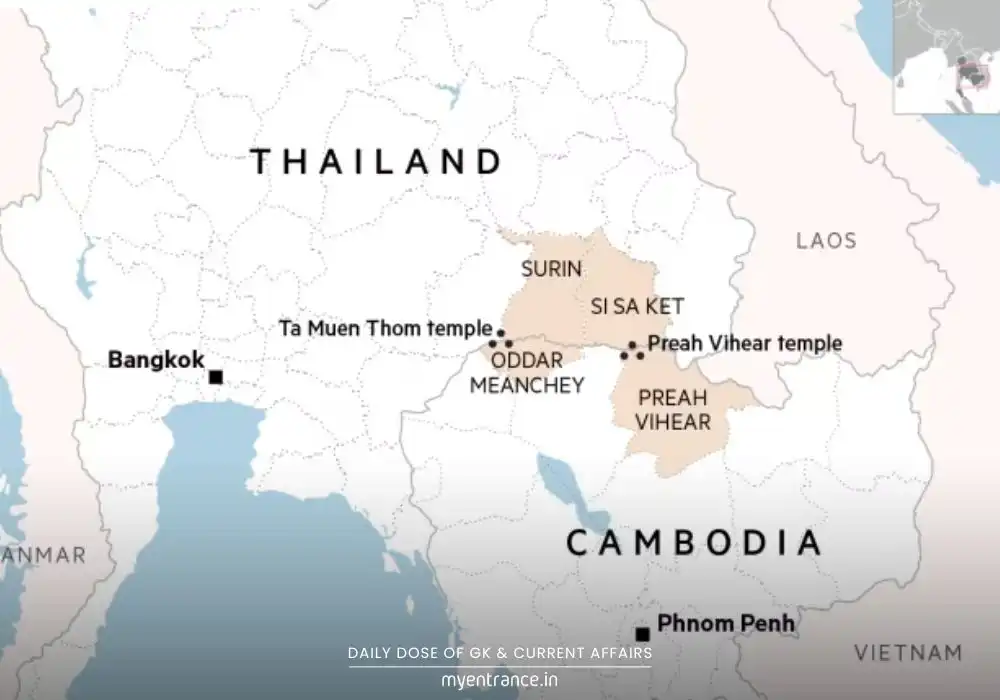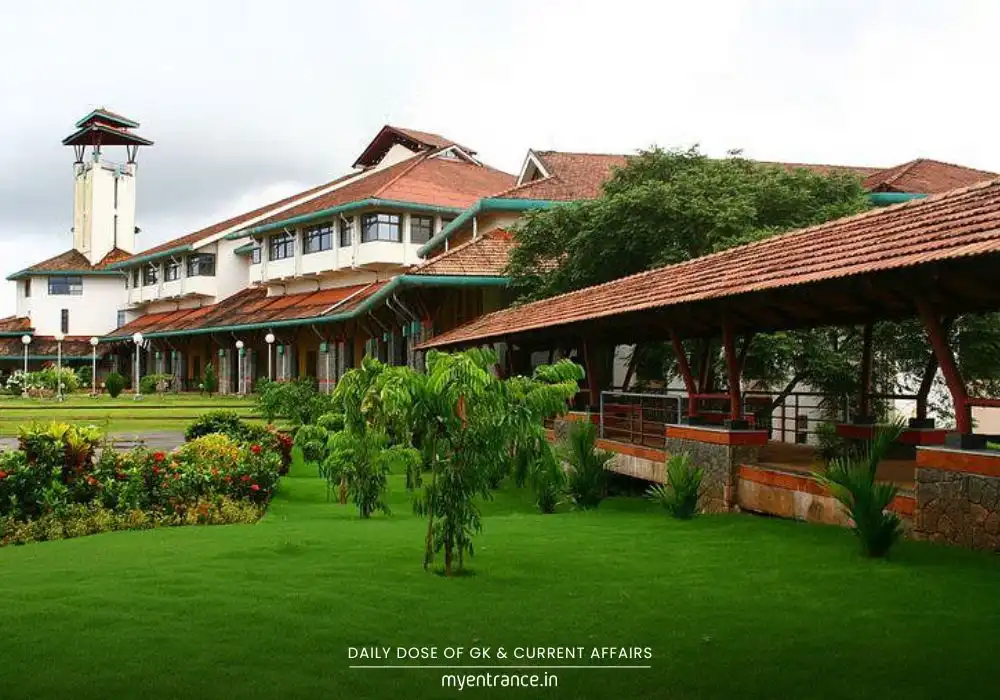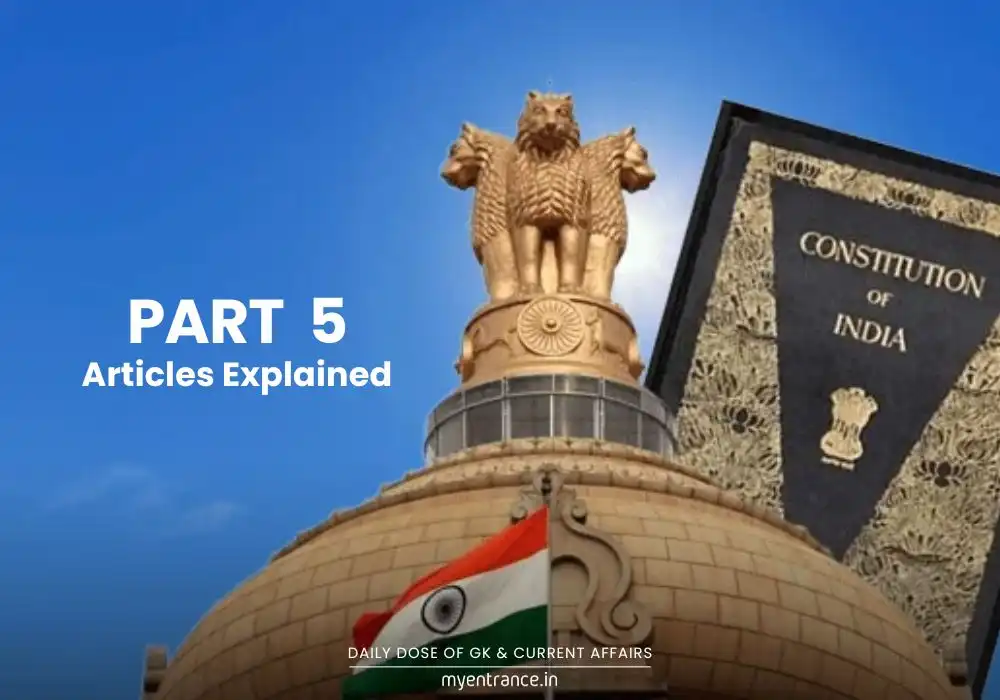Translate Language
Governors’ Constitutional Duties: How the Supreme Court is Reshaping India’s Federal Balance
The Supreme Court’s Tamil Nadu Governor verdict redefines constitutional obligations for state governors. This landmark judgment imposes timeframes on gubernatorial decisions, triggering India’s first Presidential Reference in a decade. For competitive exam aspirants, this case reshapes understanding of federal power dynamics.
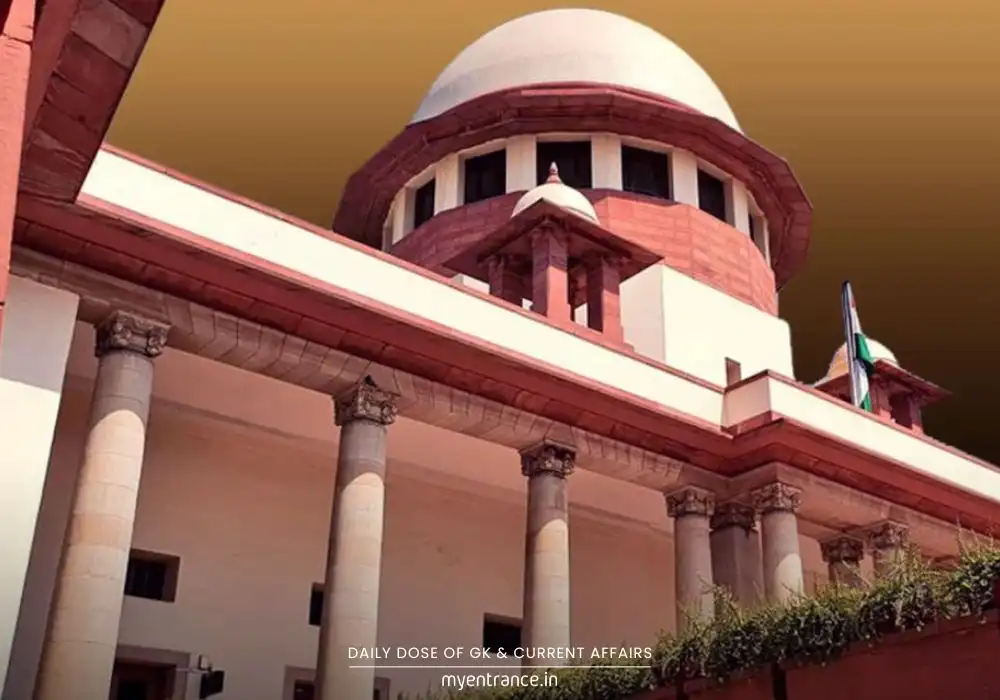
Constitutional Obligations on Governors: The New Equilibrium
The Core Conflict
When Tamil Nadu’s Governor sat on bills for months, the state government approached the Supreme Court. The April 2025 verdict delivered a seismic shift: Governors must act on legislative bills within three months, despite no explicit constitutional deadline. Why? The Court identified “implicit constitutional obligations” requiring governors to exercise discretion reasonably and impartially.
How the Court Read Between Constitutional Lines
The Constitution’s silence on decision timelines doesn’t mean indefinite delays are permitted
Drawing from constitutional morality, the Bench ruled that governors’ powers aren’t “unfettered impulses” but trust-based responsibilities
Historical government circulars (though not law) were used to establish the 3-month standard as a reasonable norm.
The Presidential Reference Twist
President Murmu’s unprecedented reference under Article 143(1) asks: Can the Court bind the President with similar deadlines? This move highlights the judgment’s explosive implication – it indirectly questioned presidential discretion on reserved bills. Though advisory opinions aren’t binding, they carry immense persuasive weight in constitutional crises.
Judicial Overreach Debate
The verdict walks a tightrope:
✔️ Valid intervention: Correcting gubernatorial obstruction of state legislatures
⚠️ Risky extension: Suggesting the President needs judicial “advice” on bill assent
Legal experts fear this blurs the separation of powers – a core feature of Indian federalism. Even the Court acknowledged in its own verdict that executives deserve “prerogative” spaces free from judicial interference.
Article 142’s Double-Edged Sword
The Court invoked its “complete justice” power under Article 142 to enforce the 3-month rule. While this solved Tamil Nadu’s immediate crisis, critics argue it sets a dangerous precedent:
Turns guidelines into binding commands
Risks making judiciary the “super-administrator” of federal relations
Why This Matters for Your Exams
UPSC Mains Goldmine: Directly connects to GS Paper II (federalism, executive-judiciary tensions)
Prelims Hotspot: Articles 142, 143, 201; Presidential Reference procedure
Current Affairs Essential: Tests understanding of real-world constitutional conflicts
Answer Enricher: Use phrases like “implicit constitutional obligations” to demonstrate depth
Interview Fodder: Debate judicial activism vs. overreach using this fresh case study
Exam-Critical Q&As on India’s Federal Balance
Q1: Under which article did President Murmu refer the TN Governor case to the Supreme Court?
A1: Article 143(1), allowing the President to seek the Supreme Court’s opinion on constitutional questions of public importance.
Q2: Can the Supreme Court’s advisory opinion under Article 143 bind the President?
A2: No. As established in the 1962 Keshav Singh case, such opinions are persuasive but not legally binding.
Q3: What constitutional logic did the Court use to impose a 3-month deadline on Governors?
A3: The Court read “implicit obligations” into constitutional silences, arguing unreasonable delays violate principles of responsible governance and federal trust.
Q4: How does Article 142 empower the Supreme Court in such cases?
*A4: It enables the Court to pass “any order necessary for complete justice” – used here to create enforceable deadlines where the Constitution is silent.*
Q5: Why is the TN Governor judgment controversial regarding presidential powers?
A5: It suggested the President should seek judicial advice when deciding on reserved bills, potentially encroaching on the executive’s constitutional domain.
Get 3 Months Free Access for SSC, PSC, NIFT & NID
Boost your exam prep!
Use offer code WELCOME28 to get 3 months free subscription. Start preparing today!

